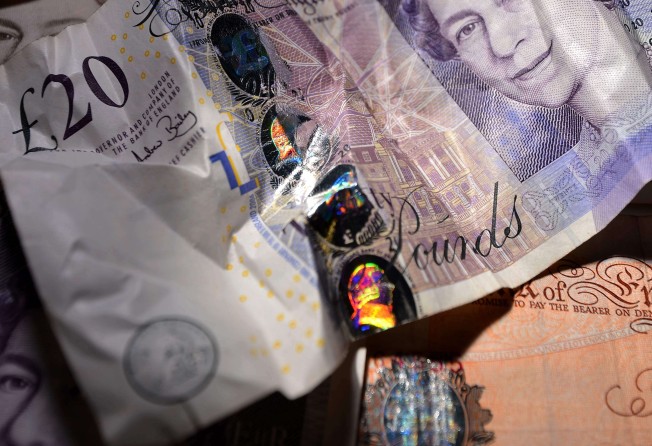Choosing US dollar for peg was a practical, not political decision, for Hong Kong

In his article (“Thank Mao for the success of Hong Kong”, November 15) Liu Jia, of the Chinese Association of Hong Kong and Macau Studies, comments on Hong Kong’s rise as a global financial hub.
Mr Liu refers to the signing of the Sino-British Joint Declaration in 1984 and the stock exchange of Hong Kong becoming a member of the World Federation of Exchanges in 1986 as if these events were somehow linked. This is completely untrue.
The Hong Kong stock exchange joined the World Federation of Exchanges in 1972. As secretary and general manager of the exchange for nine years from January 1973, I attended annual world federation conferences in New York in 1973, Madrid in 1974, Johannesburg in 1975, Tokyo in 1976 and Zurich in 1977. In April 1986, the Hong Kong stock exchange and the three other stock exchanges in Hong Kong were replaced by the newly formed stock exchange of Hong Kong. Naturally the new exchange took the place of the former Hong Kong stock exchange as a member of the World Federation of Exchanges.
Mr Liu refers to “the introduction of a US-dollar-linked exchange rate system” in 1983 and asks, “why did the colonial government not link the Hong Kong dollar to sterling?” He suggests “that the UK did not see Hong Kong as one of its own, and it did not want to shoulder responsibility as Hong Kong’s administrator”. This allegation, ironically, could not be further from the truth.
At the fourth round of Sino-British talks concerning the future of Hong Kong on September 22 and 23,1983, the British negotiators indicated that Britain would continue to administer Hong Kong after 1997. China reacted strongly and categorically stated it would both assume sovereignty and take over the administration. It is now commonly accepted that this deadlock was the point at which the talks were at their most confrontational.
On September 24, the Hong Kong dollar went into an uncontrolled tailspin. A series of substantial hikes in interest rates did little or nothing to assist and the US dollar link was introduced in October 1983.
The choice of the US dollar was a commercial and practical one, not political. Hong Kong is a commercial centre as well as a global financial hub.
The vast majority of Hong Kong’s trade was, and still is, priced in US dollars. Sterling cannot compare as an internationally accepted currency.
Richard Witts, Sheung Shui